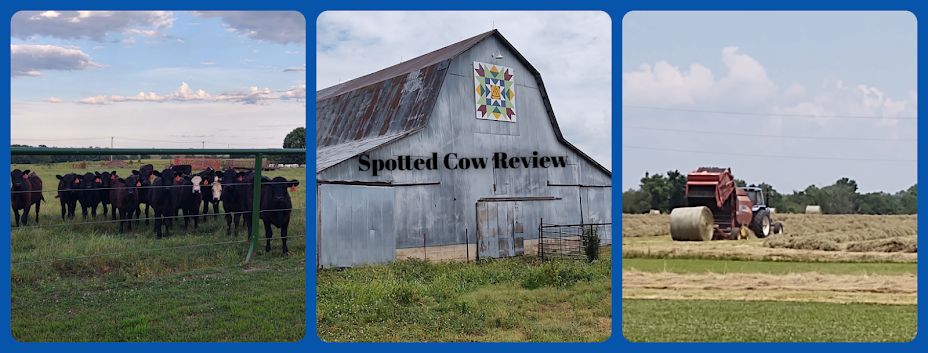Although the bulk of Arkansas rice is produced in the forty counties on the opposite side of the state from where I live, I enjoy sharing information about rice production. Many consumers do not realize that Arkansas is the number one producer of rice in the United States. In 2009 forty five percent of all rice in the United States was produced in Arkansas. One of the rewarding benefits of volunteering for Farm Bureau and promoting agriculture is seeing young people learn and develop skills through promotion activities. Since 1961 the Miss Arkansas Rice contest has been used as a fun and competitive activity to promote rice. From June to November, contestants fill their schedules with activities promoting rice. At the final contest in November, they will be judged on their rice recipe, an oral presentation,individual interview, and their promotion activities. You can find more information about the contest at http://www.arfb.com/programs&activities and actually view the list of reigning Miss Arkansas Rice-Lydia Homes promotion activities. As National Rice Month and September are coming to an end, I wanted to share the rice recipe from the 2005 Miss Arkansas Rice,our very own Miss Benton County Rice-Jillian Harper. Thanks to every contestant for the great job of promoting rice and Arkansas agriculture!! Wouldn't it be fun to know the names of each winning recipe for the last 48 years?
Fiesta Rice Skillet Dinner
3 cups cooked rice (brown or white)
1 lb ground beef**
1cup onion,diced
1 can black beans,drained & rinsed
1 can whole kernel corn with red & green peppers,drained
1 cup mild picante sauce
1 tsp chili powder
1 cup Monterey Jack cheese
1 can Rotel
Brown onion and ground beef together. Drain any excess fat. Add rice,beans,Rotel,
corn,picante sauce and chili powder. Stir to mix well. Heat thoroughly. Remove
from heat and sprinkle with cheese. Serve hot as entre, a chili with Fritos or a wrap.
**Options: substitute 1 lb ground turkey or 1 lb boneless,skinless diced chicken
with 2 Tbs. of vegetable oil in skillet to brown meat.



